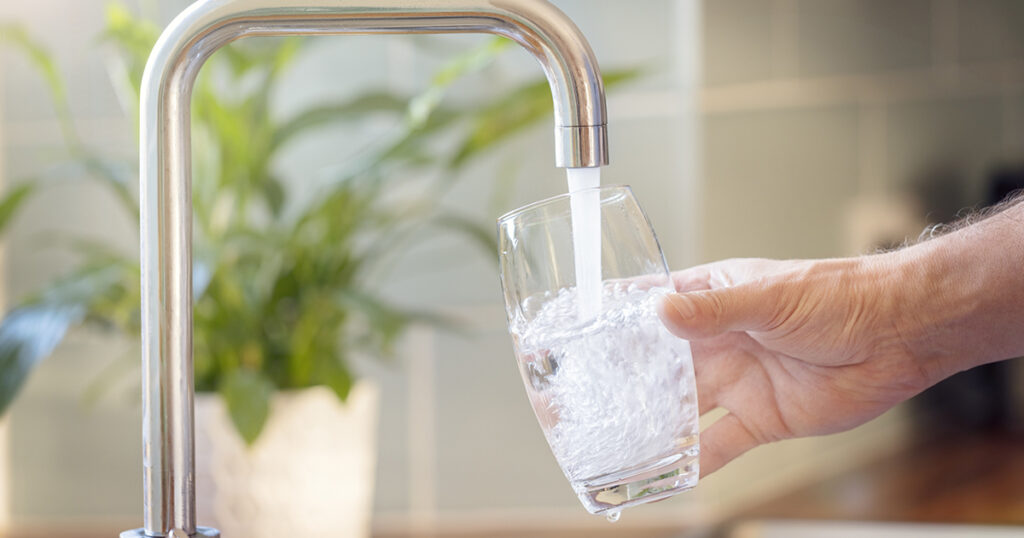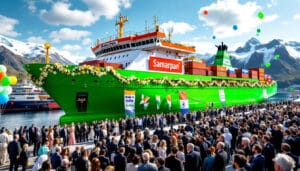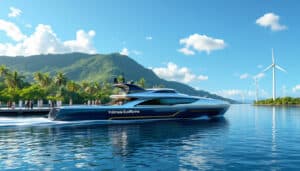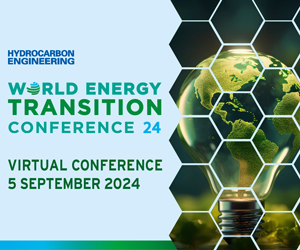Aquatic resources, often referred to as blue gold, constitute a vital element of our planet, essential to human life, biodiversity and the economy. Yet, faced with increasing pressure from pollution, overexploitation and the effects of climate change, it is becoming imperative to rethink our relationship with water. Preserving these precious aquatic ecosystems is a crucial challenge that requires collective and concerted action. By raising awareness among current and future generations about the importance of this resource, we can establish sustainable practices that will ensure the availability of water for ecosystems and communities in the years to come.
Table of Contents
ToggleConservation of aquatic resources
There preservation of aquatic resources is essential to ensure a sustainable future. Aquatic ecosystems, which cover around 70% of our planet’s surface, are subject to various pressures such as pollution, overfishing and climate change. These factors threaten not only biodiversity but also the availability of water for human and industrial needs.
To protect these vital resources, several actions can be implemented:
- Reduce pollution: Limit the use of chemicals in agriculture and industry, properly treat wastewater and promote responsible behavior such as recycling waste.
- Adopt sustainable fishing practices: Establish fishing quotas, protect breeding grounds and promote fishing techniques that minimize environmental impact.
- Manage water resources equitably: Optimize water use in the domestic, agricultural and industrial sectors, and implement integrated water resources management policies.
- Promote the restoration of aquatic ecosystems: Reconstruct wetlands, restore waterways and protect natural habitats against degradation.
The commitment of governments, local communities and individuals is crucial to the success of these efforts. Raising awareness of the importance of water and the need for its protection can contribute to significant behavior change. By acting together, we can ensure our aquatic resources remain abundant and healthy for future generations.
Conservation strategies
THE aquatic resources are essential for the survival of many species and for the well-being of human beings. However, the pressure exerted by human activities puts them in danger. It is therefore crucial to put in place strategies to preserve them.
A sustainable management water involves several actions: reducing water consumption, fighting pollution and promoting the efficient use of resources. This requires concerted efforts at different levels: individual, community and government.
Reduce water consumption can be done through simple daily actions:
- Fix leaks
- Use water-saving appliances
- Water plants outside of hot hours
- Install rainwater harvesting systems
The fight against water pollution involves reducing the use of chemicals and properly treating wastewater. Industries must be encouraged to adopt less polluting technologies and treat their effluents before they are released into waterways.
The promotion ofefficient use of resources requires the integration of modern technologies and raising public awareness of responsible practices. More efficient irrigation techniques can significantly reduce water consumption in agriculture.
THE wetlands play a crucial role in regulating water and maintaining biodiversity. Their protection is therefore essential. This can include measures like restoring natural habitats and preventing wetland drainage.
International cooperation is also essential for the management of cross-border resources. Agreements should be established to equitably share resources and prevent potential conflicts.
Role of local communities
There preservation of aquatic resources is essential to guarantee sustainable access to drinking water and protect aquatic ecosystems. THE environmental policies play a crucial role in this process, in particular through the regulation of water withdrawals, the protection of wetlands, and the monitoring of polluting industrial activities.
THE water treatment technologies must be improved to reduce pollutants and improve water quality. Investments in advanced filtration systems and wastewater treatment infrastructure are needed to meet the growing demand for clean water.
The role of local communities is also essential in the preservation of aquatic resources. By actively participating in the management of their resources, communities can adopt effective conservation practices.
Here are some actions communities can take:
- Establish awareness programs the importance of water conservation.
- Set up recovery and reuse systems rainwater.
- Promote sustainable agricultural practices to avoid contamination of water sources.
Government policies should also support local initiatives by providing adequate funding and facilitating cooperation between different stakeholders.









